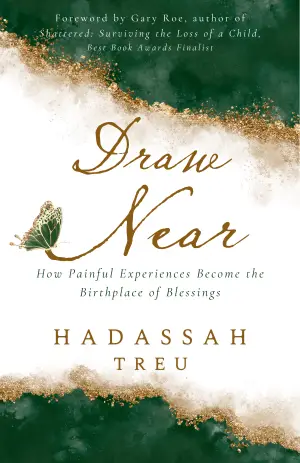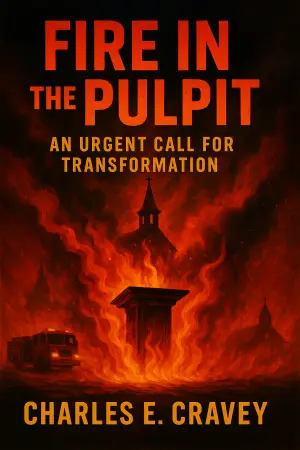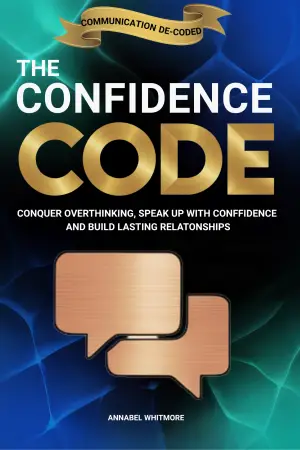Discovering the Depths of Grief and Love in Tears of the Wolf
As someone who’s been on a Viking fantasy kick lately, I was both eager and curious to dive into Tears of the Wolf by the talented Glass Wheatley. This first book in the Wrath and Weeping series promised an intricate blend of magical realism and emotional depth, and let me just say, it delivered on all fronts. What initially caught my attention was the portrayal of a strong female protagonist grappling with insurmountable grief—a theme I find especially compelling in fantasy settings. In a genre often dominated by high-stakes quests, it was refreshing to see personal struggles take center stage.
At the heart of the story is Brynn, a character who’s been through unfathomable loss—losing her Shieldmaiden sister and then her child to brutal raiders. Before we even step into her journey, we feel the weight of her suffering. Wheatley does an incredible job of weaving Brynn’s past into the narrative without letting it solely define her. Rather, it serves as a framework for her growth and resilience. I appreciated how Brynn seeks a divorce from her unhappily arranged marriage, not as an act of rebellion but as a courageous step toward reclaiming her life.
Her new husband, Cenric, brings his own set of complexities. He’s new to leadership, carries the burden of raider blood, and seeks respectability through his marriage. The dynamic between Brynn and Cenric is beautifully crafted; both characters grapple with their flaws and vulnerabilities, creating a rich tapestry of human experience that feels authentic. The patience exhibited by Cenric as he navigates Brynn’s grief adds a layer of realism to their relationship—it’s not a simplistic “love will heal all” narrative. Instead, we witness a partnership built on understanding and respect.
Wheatley’s writing style struck me as both immersive and insightful. The pacing is swift yet considerate, allowing us both to engage with electrifying moments of tension and savor quieter, reflective scenes. The book brims with fantasy tropes that feel familiar, yet they never tumble into the realm of cliché. One standout element is the telepathic connection Cenric shares with his dogs. As a dog lover myself, I found this concept enchanting. However, I couldn’t help but feel that it was underutilized. Cenric’s canine companion, Snapper, often communicates in childlike simplicity, which started to feel repetitive. It left me hoping that Wheatley will explore this unique feature more deeply in future installments.
Dark themes of loss and resilience aside, the book remains an easy read, satisfying that urgent craving for Viking lore blended with romance and fantasy. It even manages to infuse moments of lightness, while staying true to the evolution of its characters.
In conclusion, if you’re drawn to stories of healing, resilience, and genuine connection amidst breathtaking landscapes of fantasy, Tears of the Wolf is a must-read. It resonates with anyone who appreciates depth in character development alongside a richly imagined world. Wheatley is clearly committed to her craft, and I found myself excited for what lies ahead in the Wrath and Weeping series. For those who seek both enchanting romance and intricate emotional narratives, this book will surely leave its mark on your heart, just as it did on mine.
[ad_2]
Discover more about Tears of the Wolf (Wrath and Weeping, #1) on GoodReads >>






